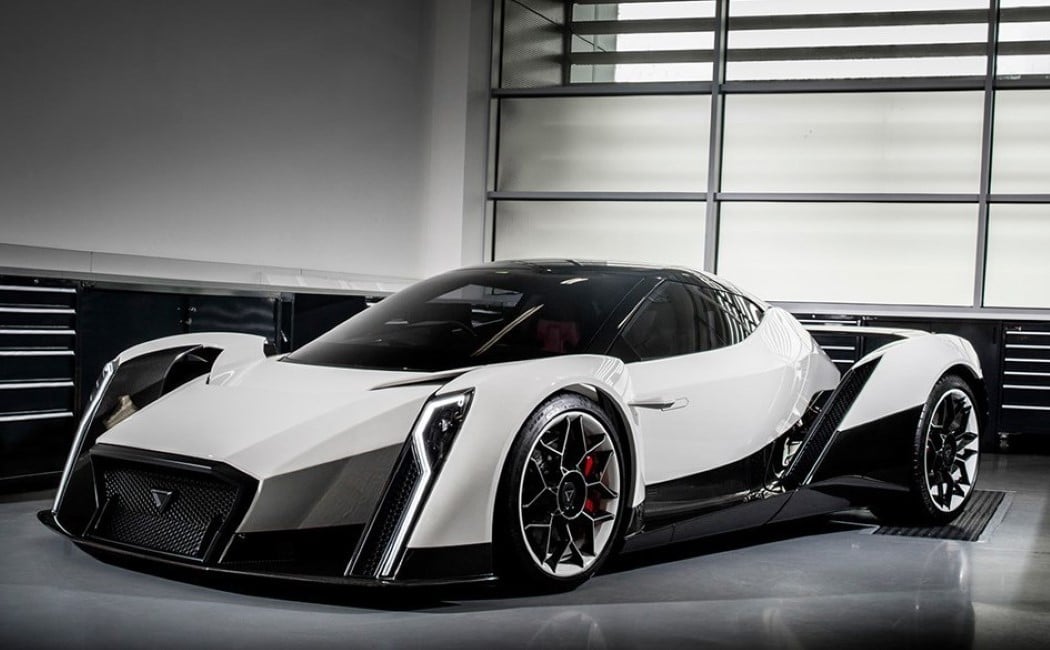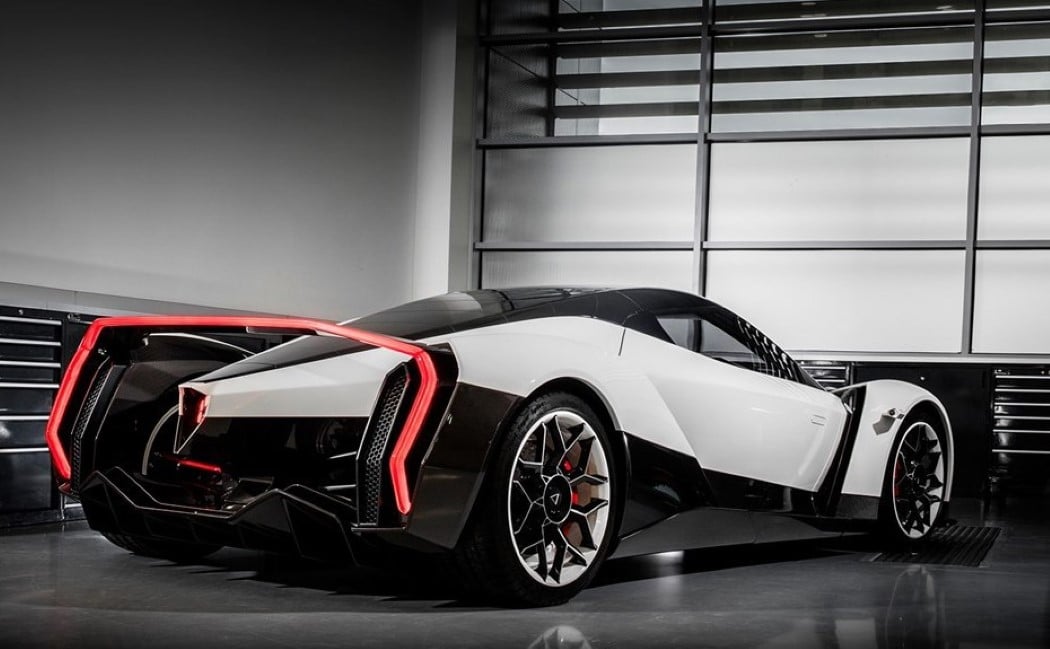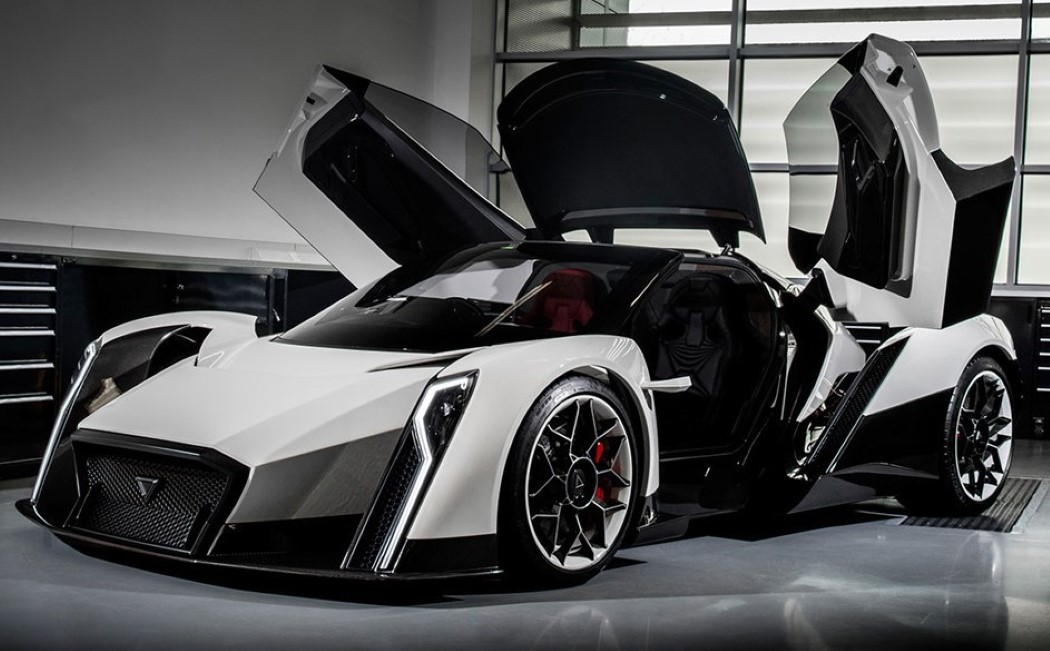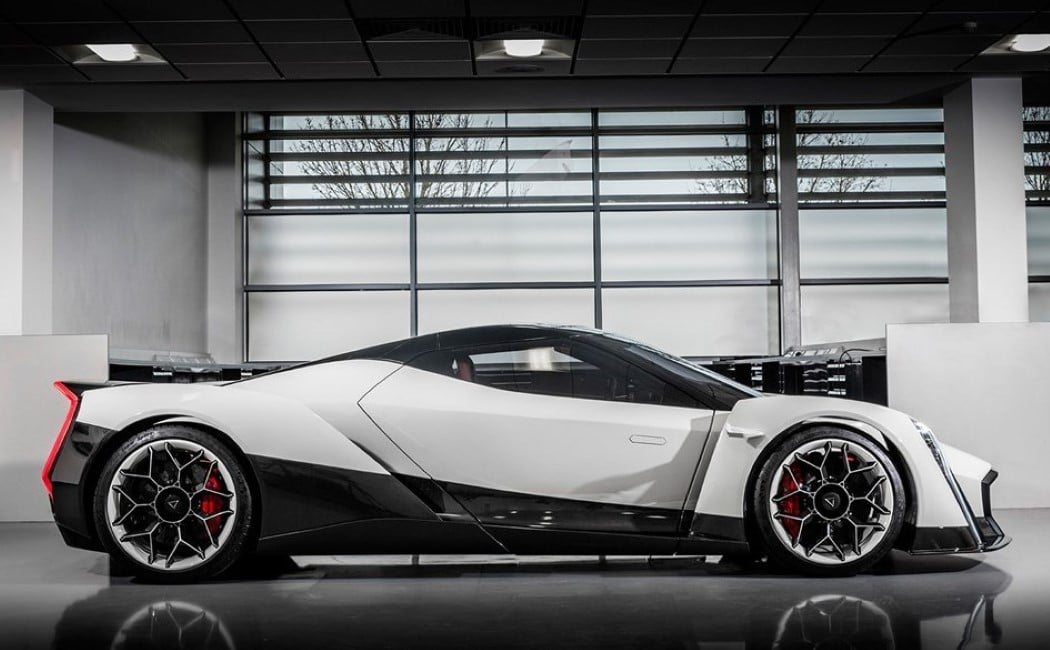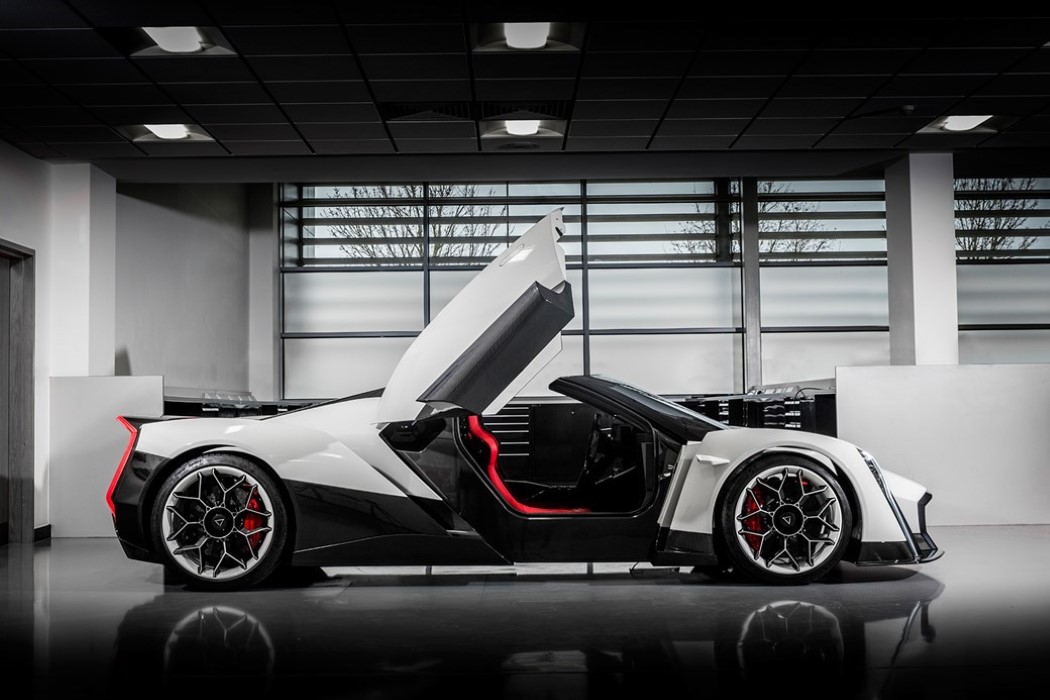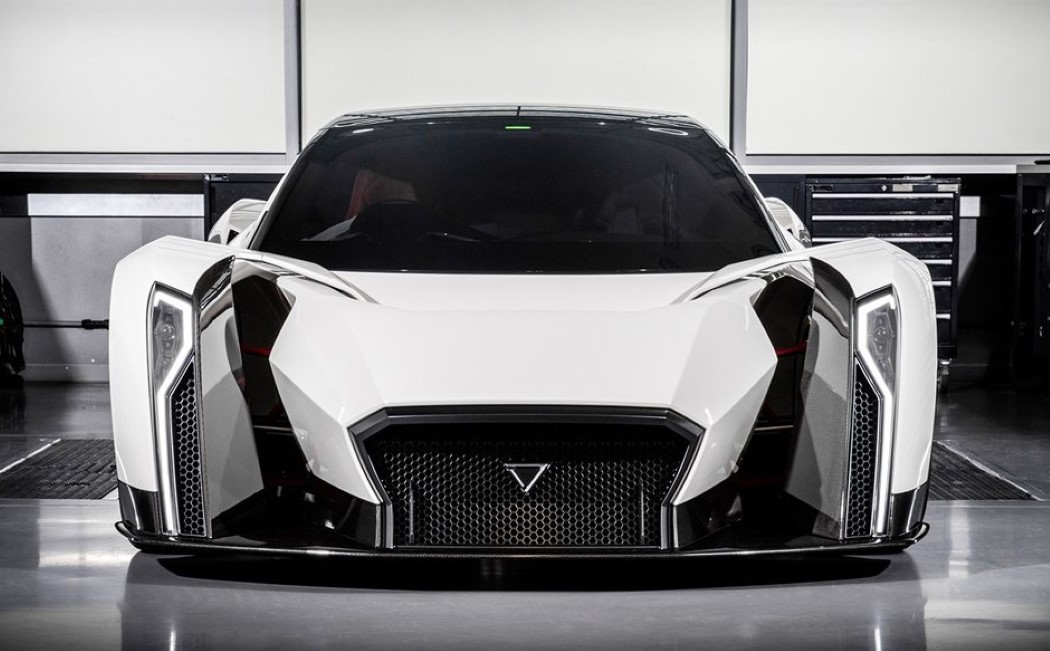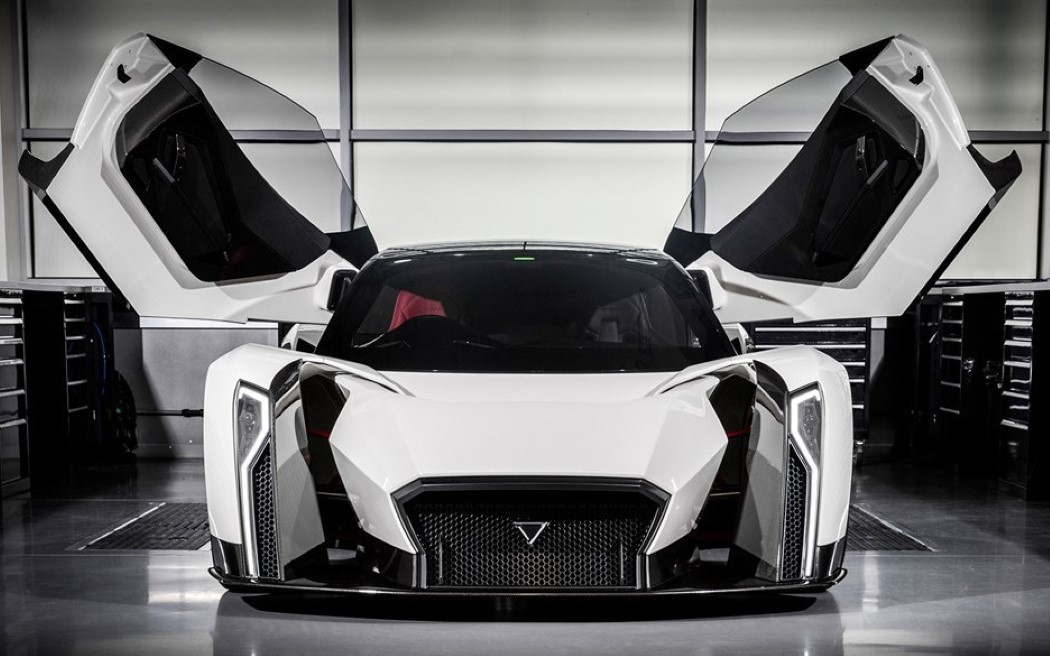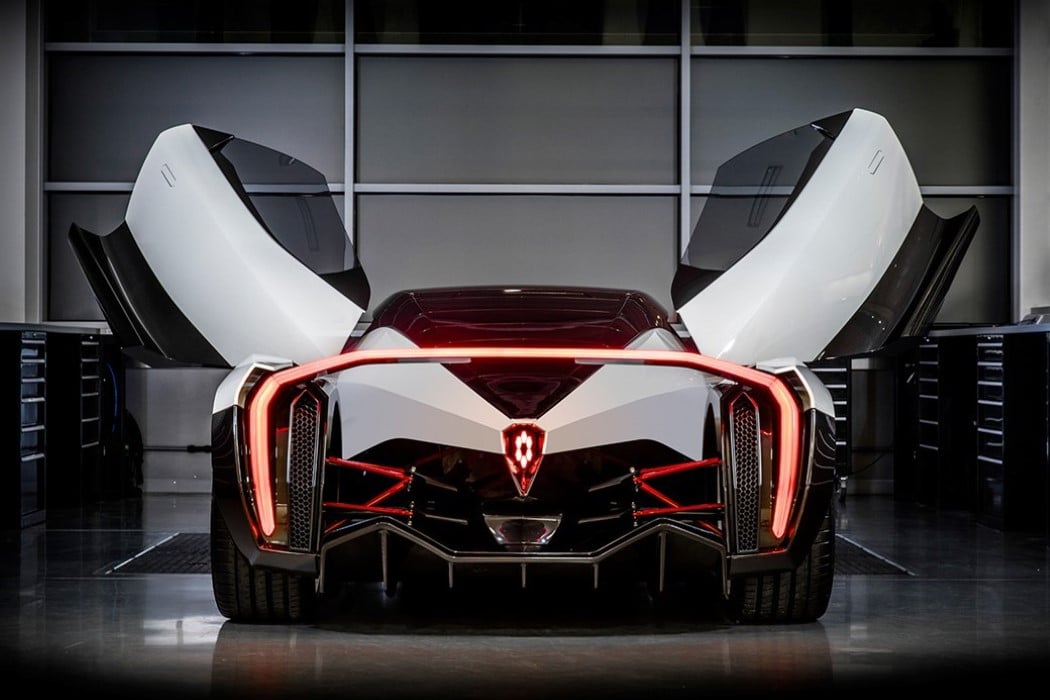
The Bugatti Type 35 revival is a great example of two things – A designer’s ability to push boundaries and create concepts that capture their passions, and those concepts sometimes being powerful enough to actually pave the way forward for something bigger. Little did Andreis van Overbeeke know that his desire to see Bugatti compete in the Formula 1 series would result in him landing an internship at his dream company. The desire to actually see a Bugatti-branded F1 car pushed Andries to create a concept that he published on Reddit. The images ran their course, reaching Bugatti’s execs, who then went on to invite van Overbeeke to their headquarters in Molsheim, France, for an internship… resulting in a much more fleshed out concept car with the Type 35 revival. The image above shows the Type 35 revival in its glorious avatar standing right beside Bugatti’s own Vision GT vehicle – its spiritual predecessor.
The Type 35 Revival pays tribute to Bugatti’s eponymous winning racecar from the 1929 and 1930 Monaco circuit races. Styled with a similarly long nose and short tapered rear, the Revival echoes the iconic design cues of the 90-year old racecar, while carefully sticking to Bugatti’s signature details which include the horseshoe grille and that absolutely sweet blue and black paint-job. “The car has a powerful high revving internal combustion engine (see the exhausts on top) and was designed to be a fan car with a suckdown system (similar to the Chaparral 2J and Brabham BT46)”, says Overbeeke. He also pointed out that as a hat-tip to the company’s consecutive 3-year win at the Monaco circuits, the Type 35 Revival comes with a graphic of the Monaco racetrack on the side along with its laurels.
While the French automotive company isn’t planning on entering the F1 any time soon, the Type 35 Revival’s design isn’t just a concept for your eyes… You can actually take it for a spin in PlayStation’s Gran Turismo!
Designers: Andries van Overbeeke, Achim Anscheidt, Sasha Selipanov, Etienne Salomé & Frank Heyl.

























